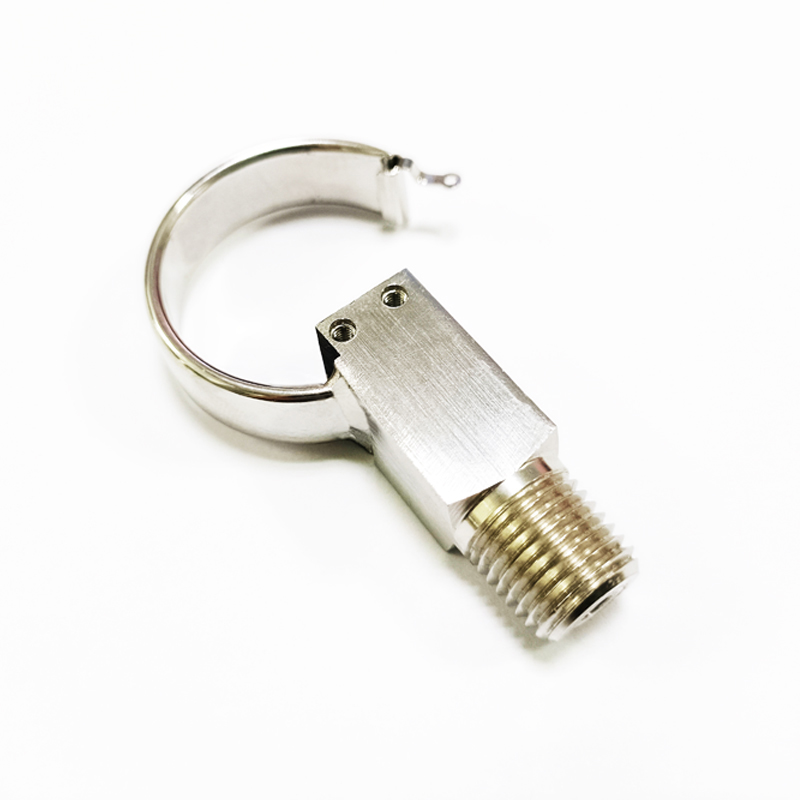
lip . 29, 2024 22:07 Back to list
Understanding the Pressure Gauge Readings on OEM Fire Extinguishers for Safe Usage and Maintenance
Understanding OEM Fire Extinguisher Gauge Pressure
Fire extinguishers are essential safety devices designed to combat fires effectively in various environments, from residential buildings to commercial facilities. One critical aspect of maintaining a fire extinguisher's reliability and efficacy is understanding the importance of the gauge pressure, particularly in OEM (Original Equipment Manufacturer) models.
What Is a Fire Extinguisher Gauge?
The gauge on a fire extinguisher indicates the pressure level inside the cylinder, which is crucial for the proper functioning of the device. Most commonly, fire extinguishers have a simple dial gauge, marked with colored zones. The green zone denotes an acceptable pressure range, while the red zone indicates either too low or too high pressure.
The Importance of Pressure
Proper pressure is vital for a few reasons. First, it ensures that the fire extinguisher can discharge its contents effectively when activated. If the pressure is too low, the extinguisher may fail to release its contents, rendering it useless in an emergency. Conversely, if the pressure is too high, it can lead to mechanical failure, resulting in dangerous ruptures that can cause injury or further damage.
OEM Fire Extinguishers and Their Gauges
When it comes to fire extinguishers, OEM products are manufactured by companies that produce the original equipment to specific safety standards. These extinguishers typically include high-quality gauges engineered for precise pressure readings. OEM gauges are designed to withstand various environmental conditions, ensuring that they function effectively in emergencies.
oem fire extinguisher gauge pressure

The calibration of these gauges is precise, and adherence to safety regulations is paramount. Thus, OEM extinguishers are often favored for commercial applications where reliability and safety are non-negotiable.
How to Check Gauge Pressure
Regular inspection of a fire extinguisher's gauge is essential. Users should routinely check the gauge to ensure that the needle is within the green zone. In case the gauge indicates low pressure, it is crucial to recharge or replace the extinguisher immediately. For high-pressure readings, users should avoid using the extinguisher and contact a professional for maintenance.
Maintenance Tips
To ensure that the gauge pressure remains at an appropriate level, consider the following maintenance tips
1. Regular Inspections Perform visual checks monthly to verify that the gauge is in the green zone. 2. Professional Servicing Have the fire extinguisher serviced at least annually by certified professionals who can correctly assess the extinguisher’s condition and pressure. 3. Keep it Accessible Ensure that fire extinguishers are easily accessible and not obstructed by furniture or other objects.
Conclusion
Understanding the fire extinguisher gauge pressure is vital in ensuring the device’s effectiveness in case of fire emergencies. OEM fire extinguishers, with their high manufacturing standards and reliable gauge systems, represent a trustworthy choice for both home and business safety. Regular inspections and maintenance can prolong the life of these devices and ensure that they perform effectively when needed. In today’s world, being proactive in fire safety is not just a recommendation; it’s a necessity. Remember a well-maintained fire extinguisher can be the difference between a small incident and a catastrophic event.
-
High-Precision 5 Valve Manifold Differential Pressure Gauge Suppliers
NewsApr.29,2025
-
High-Precision Diaphragm Vacuum Pressure Gauges Manufacturers & Quotes
NewsApr.29,2025
-
Omega Differential Pressure Gauges High Accuracy & Durability
NewsApr.28,2025
-
Low Pressure Differential Pressure Gauges Precision Solutions & Quotes
NewsApr.28,2025
-
Digital Diaphragm Pressure Gaauge Precision Measurement & OEM Quotes
NewsApr.28,2025
-
Differential Pressure Gauge China Price High-Accuracy & Best Quotes
NewsApr.28,2025
